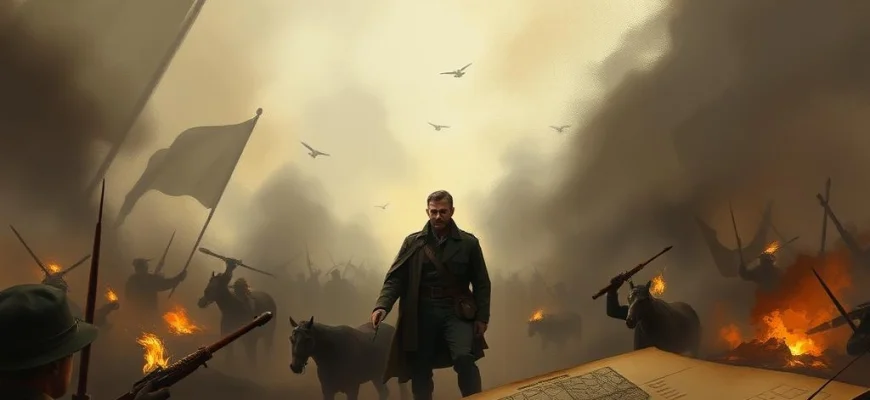If you were captivated by the gripping historical drama 'Rommel: The Soldier, the Son, and Hitler' (2012), you'll love these 10 similar films and shows. This article explores titles that delve into the complexities of war, leadership, and personal conflict, offering fans of Rommel's story more compelling narratives to enjoy.
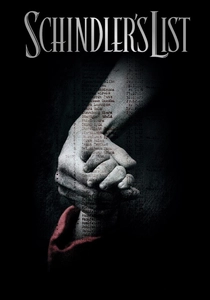
Schindler's List (1993)
Description: A profound exploration of morality and heroism during the Holocaust, highlighting the impact of individual actions in the face of genocide. The film's emotional weight and historical significance align with wartime narratives.
Fact: The film was shot in black and white to reflect the era's documentary style. It won seven Academy Awards, including Best Picture.
 Watch Now
Watch Now 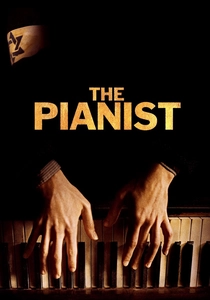
The Pianist (2002)
Description: A harrowing survival story set during WWII, focusing on the resilience of the human spirit amid atrocity. The film's emotional depth and historical context resonate with themes of war and perseverance.
Fact: Roman Polanski, a Holocaust survivor himself, directed the film. Adrien Brody lost 30 pounds for his role and won an Academy Award for Best Actor.
 Watch Now
Watch Now 
Downfall (2004)
Description: A stark portrayal of the final days of a dictator, offering a psychological insight into leadership during collapse. The film's unflinching look at power and downfall mirrors the complexities of wartime leadership.
Fact: The film is based on the memoirs of Traudl Junge, Hitler's secretary. It sparked debates for its humanized depiction of historical figures.
 Watch Now
Watch Now 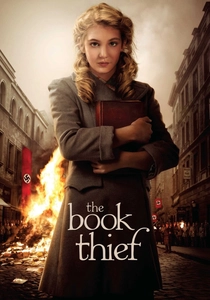
The Book Thief (2013)
Description: A poignant story set in Nazi Germany, focusing on the power of literature and human connection during oppression. The film's blend of personal and historical drama echoes themes of resilience and survival.
Fact: The novel by Markus Zusak, on which the film is based, is narrated by Death. The film was shot in Germany, using authentic locations.
 Watch Now
Watch Now 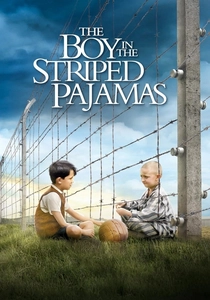
The Boy in the Striped Pyjamas (2008)
Description: A heartbreaking tale of innocence and friendship amid the horrors of the Holocaust, offering a unique perspective on wartime atrocities. The film's emotional impact and historical setting resonate with themes of war and humanity.
Fact: The film's ending was kept secret during production to preserve its emotional impact. The story is based on the novel by John Boyne.
 Watch Now
Watch Now 
Valkyrie (2008)
Description: A historical thriller about a plot to assassinate a dictator, emphasizing the moral dilemmas and risks faced by those who resist tyranny. The film's tension and historical accuracy align with wartime narratives.
Fact: Tom Cruise learned to speak German for his role. The production used original locations in Berlin, including the Bendlerblock, where the real events took place.
 Watch Now
Watch Now 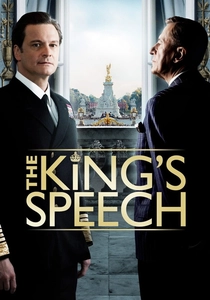
The King's Speech (2010)
Description: Explores the personal struggles of a leader during a tumultuous historical period, highlighting the intersection of private life and public duty. The film's focus on resilience and leadership resonates with wartime themes.
Fact: Colin Firth's performance as King George VI won him an Academy Award for Best Actor. The film was shot in just 39 days.
 Watch Now
Watch Now 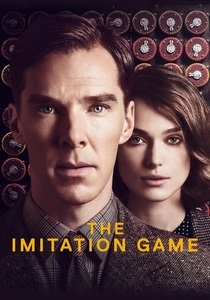
The Imitation Game (2014)
Description: Focuses on a pivotal historical figure during WWII, blending personal struggles with the broader war effort, much like the reference title. It explores themes of duty, sacrifice, and the moral complexities of war.
Fact: The film is based on the biography 'Alan Turing: The Enigma' by Andrew Hodges. It won the Academy Award for Best Adapted Screenplay.
 Watch Now
Watch Now 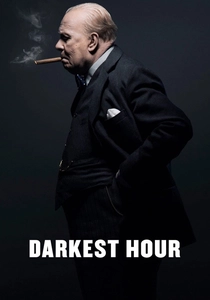
Darkest Hour (2017)
Description: Centers on a key political leader during WWII, showcasing the tension between personal conviction and national crisis. The film delves into leadership under extreme pressure and the weight of wartime decisions.
Fact: Gary Oldman's portrayal of Winston Churchill earned him an Academy Award for Best Actor. The film's script was completed in just 14 weeks.
 Watch Now
Watch Now 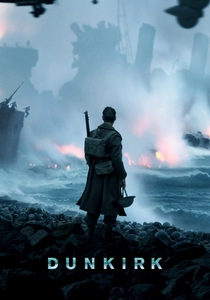
Dunkirk (2017)
Description: A gripping war drama that captures the intensity and chaos of battle, emphasizing the human experience amid historical events. The film's immersive style mirrors the tension and urgency of wartime narratives.
Fact: Christopher Nolan used practical effects and real ships to recreate the evacuation. The film has minimal dialogue, relying heavily on visuals and sound.
 Watch Now
Watch Now 
